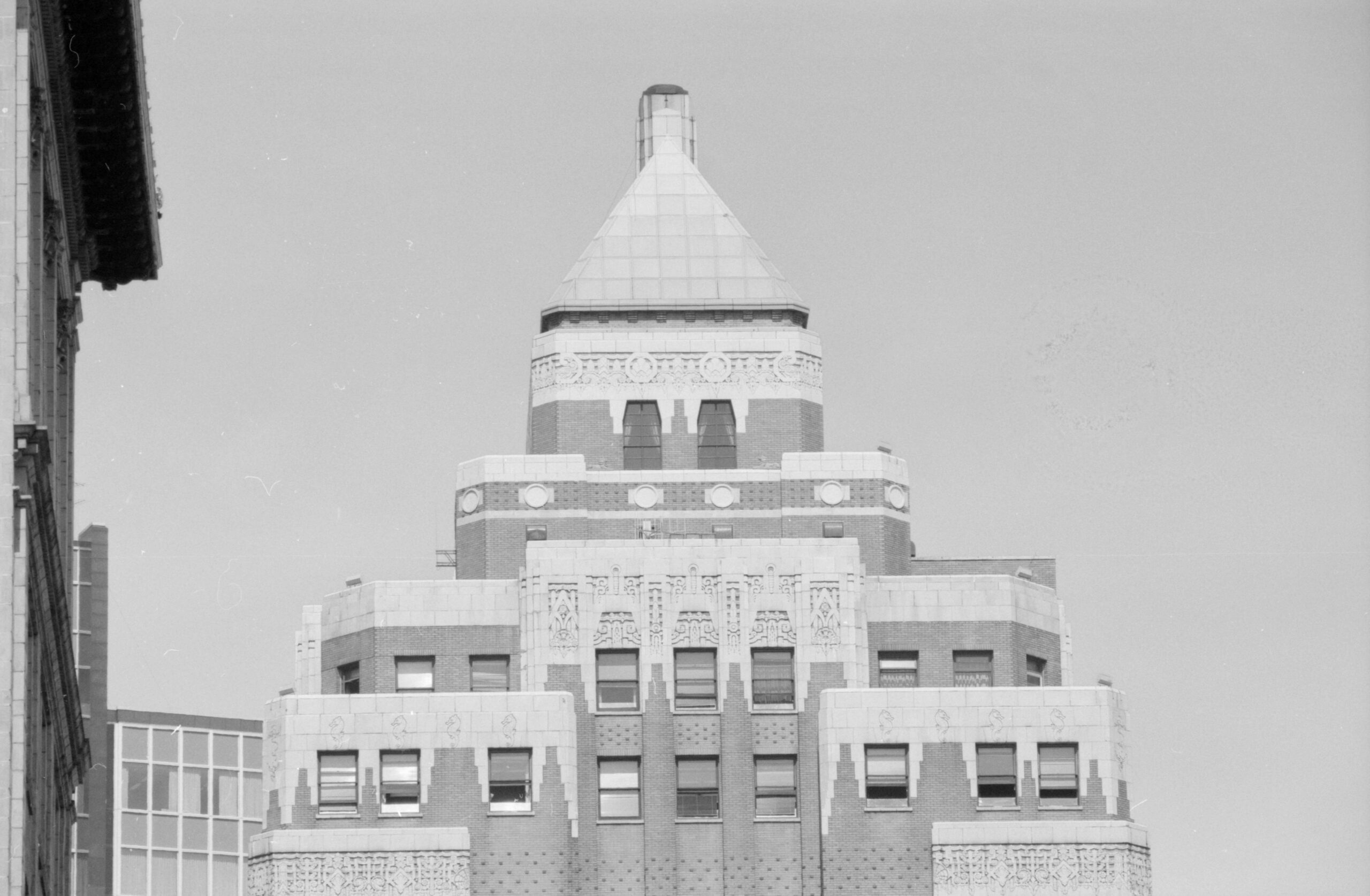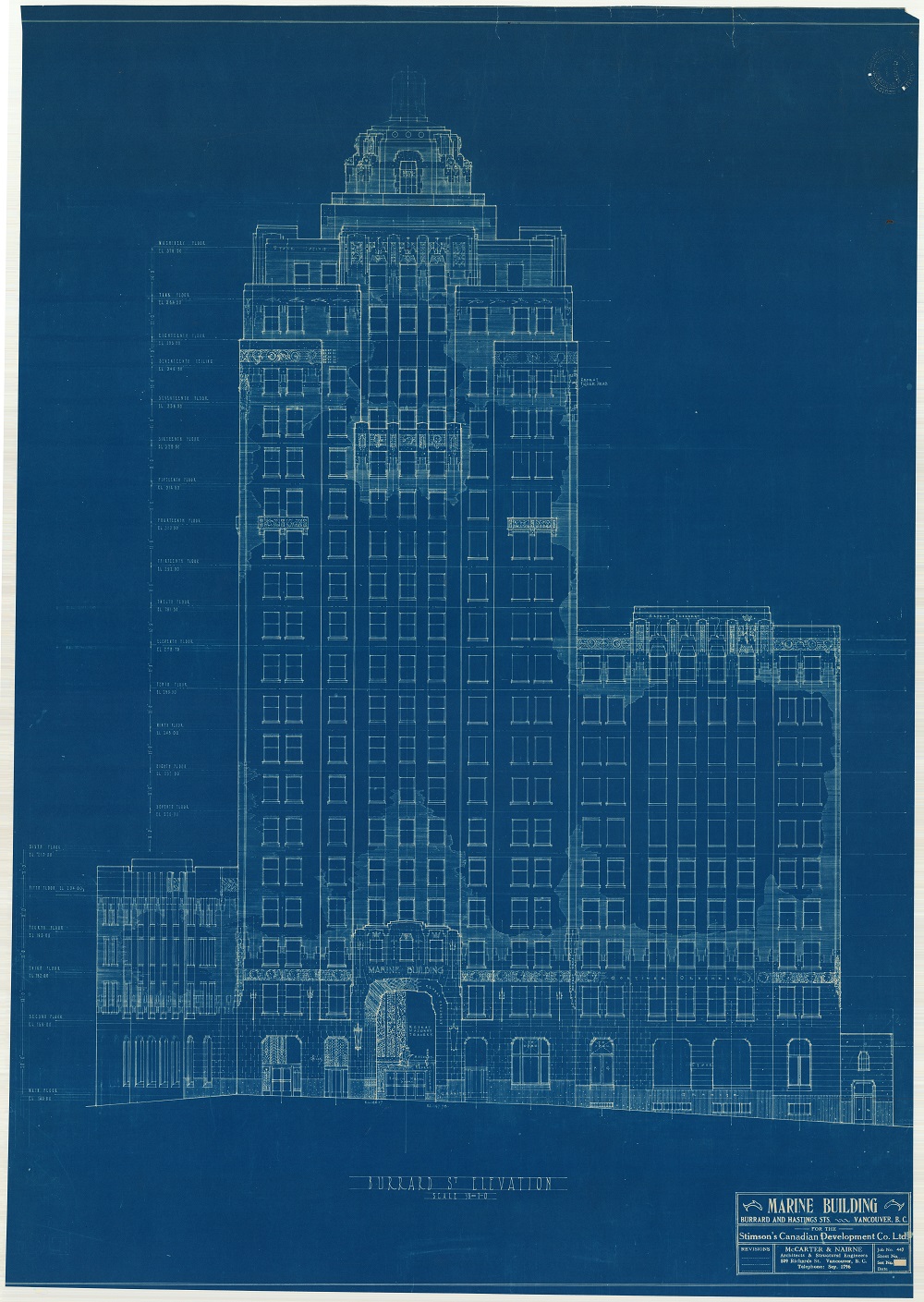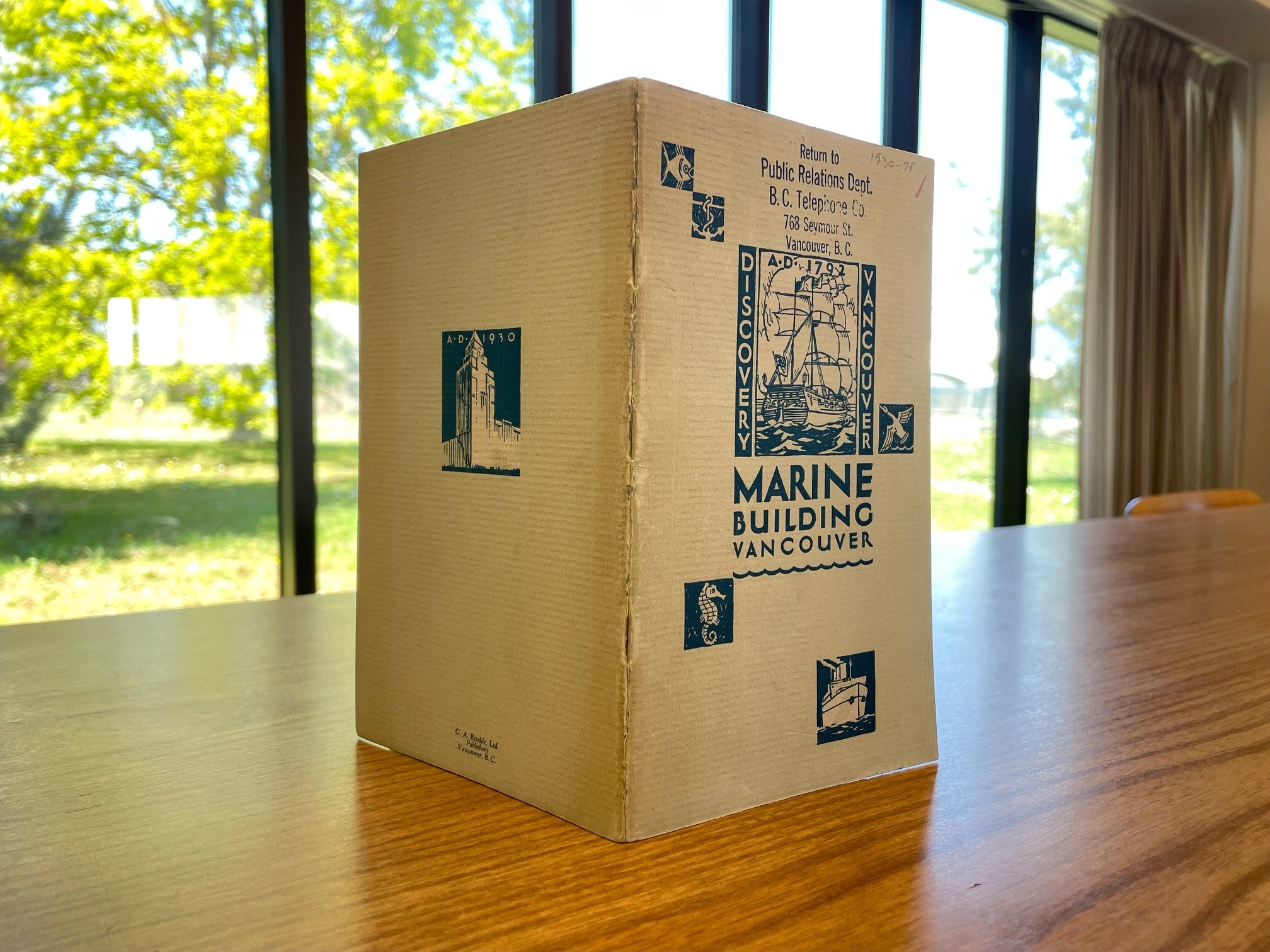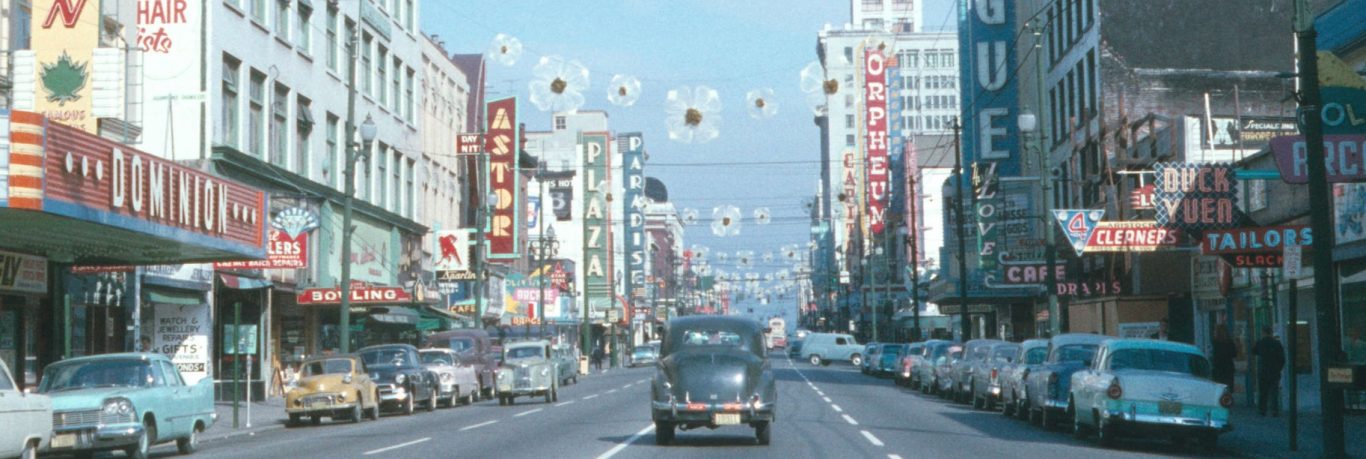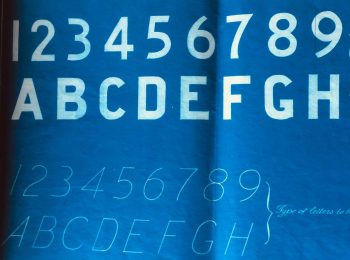In March, I was fortunate to attend the annual Association of Architecture School Librarians (AASL) conference held this year in Vancouver.
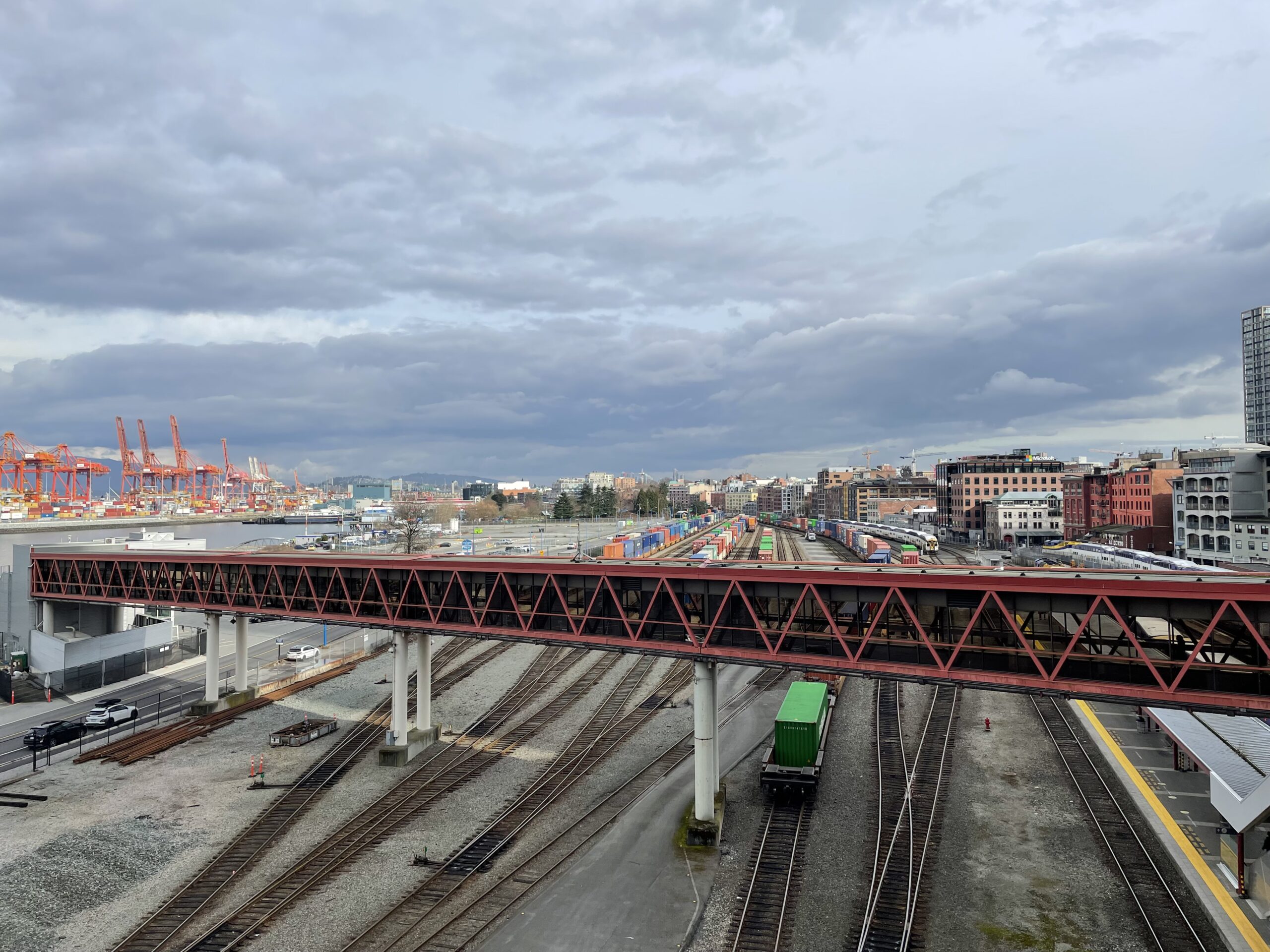
The conference began on a Wednesday afternoon with a walking tour given by Alasdair Butcher of Vancouver Detours, who eloquently brought to life the many aspects of Vancouver’s historical, architectural and social history of the area. It was refreshing to join a tour in my own city, as I was able to see it through new eyes, as well as make alive some of the records I have helped researchers access at the Archives. As much as I often think about the built environment as I move through the city on a daily basis, the tour gave me new insights into architectural design and urban planning which I had not previously noticed, nor considered.

The following three days were filled with sessions, punctuated by explorations of some architecturally and historically significant buildings and areas in and around Vancouver. The sessions themselves ranged from speaking about instructor-librarian collaborations to architectural archives programs to how architecture and design instructors and information professionals are engaging with artificial intelligence. It was interesting to hear how instructors in the design field are bringing AI into their classrooms and studios. Many of these AI-specific sessions discussed the use of AI in course assignments where the point was to prompt discussion around its biases, limitations and ethical issues, but also its potential in the design arena.

Paula Farrar, the UBC Art and Architectural Librarian and one of the conference organisers, acted as an excellent tour guide for the rest of the conference. We visited Granville Island, the Marine Building, the Shipyards District, and UBC. The Marine Building, of course, was a highlight. It is always a delight to spend time in the lobby and mezzanine appreciating the fine Art Deco designs, especially with other information professionals who very much appreciate architecture! The Saturday sessions were held at UBC, with two workshops and tours of both the Music, Art and Architecture Library and the X̱wi7x̱wa Library.
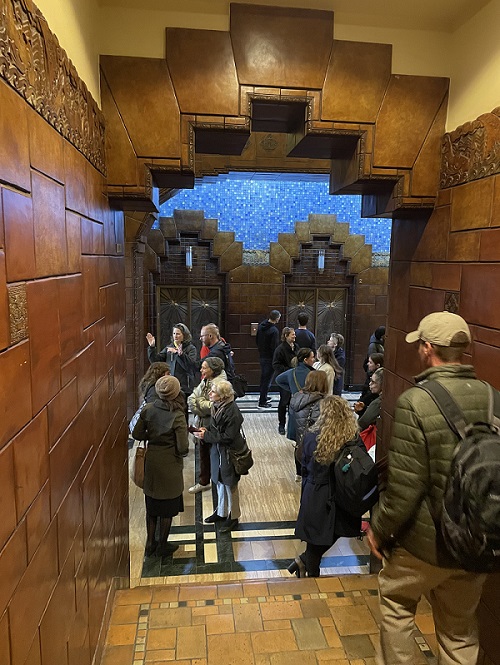

As with most conferences I have attended, I found the sessions provided great information, but the richness in any conference is found in the conversations with fellow attendees, whether it is discussing the challenges and opportunities that one faces at work, how much metadata should be added to record descriptions, or how to meet the needs of researchers.
***************************************************************************************************************
Fun side note: The Archives has a copy of the Marine Building blueprints, elevations of which are available to view in our Reading Room. Changes in the final design of the structure can be seen by the different cap that was built compared to that found in the blueprints. The Archives also has a promotional booklet printed to celebrate the opening of the Marine Building.
